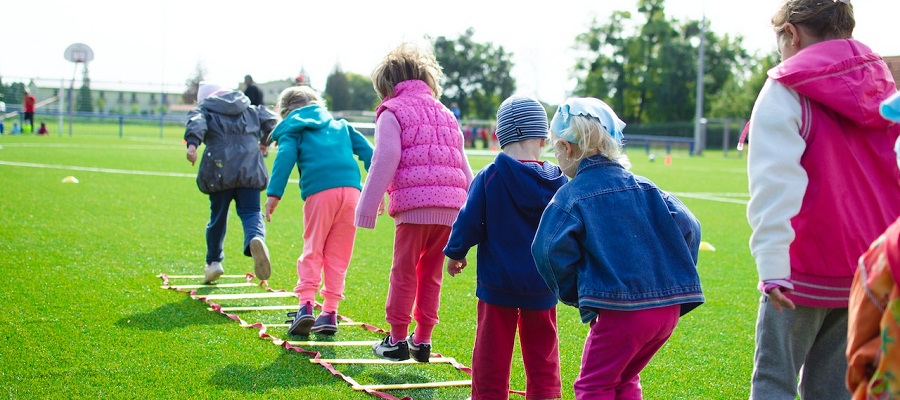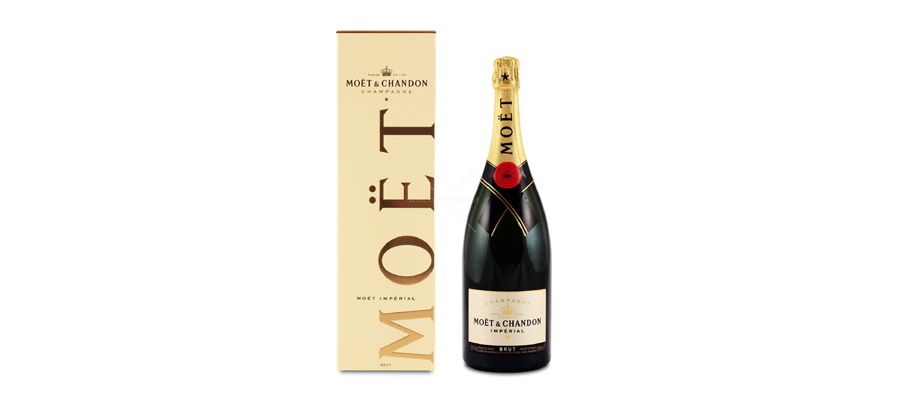The number of calories children and teens need per day depends on their age, gender, weight, height, and activity level. As a general rule, children and adolescents need more calories as they get older and go through periods of growth and development. Here are some general guidelines for calorie intake in children and adolescents based on age and activity level:
-
Sedentary children and adolescents (those who do not participate in regular physical activity):
- Girls ages 2 to 3: 1,000 to 1,200 calories per day
- Boys ages 2 to 3: 1,000 to 1,400 calories per day
- Girls ages 4 to 8: 1,200 to 1,400 calories per day
- Boys ages 4 to 8: 1,400 to 1,600 calories per day
- Girls ages 9 to 13: 1,400 to 1,600 calories per day
- Boys ages 9 to 13: 1,600 to 2,000 calories per day
- Girls ages 14 to 18: 1,800 to 2,000 calories per day
- Boys ages 14 to 18: 2,000 to 2,800 calories per day
-
Moderately active children and adolescents (those who participate in regular physical activity for at least 60 minutes per day):
- Girls ages 2 to 3: 1,000 to 1,200 calories per day
- Boys ages 2 to 3: 1,000 to 1,400 calories per day
- Girls ages 4 to 8: 1,200 to 1,400 calories per day
- Boys ages 4 to 8: 1,400 to 1,800 calories per day
- Girls ages 9 to 13: 1,400 to 1,800 calories per day
- Boys ages 9 to 13: 1,800 to 2,200 calories per day
- Girls ages 14 to 18: 1,800 to 2,400 calories per day
- Boys ages 14 to 18: 2,200 to 3,000 calories per day
-
Active children and adolescents (those who participate in regular physical activity for at least 60 minutes per day and have additional physically demanding activities or sports):
- Girls ages 2 to 3: 1,000 to 1,200 calories per day
- Boys ages 2 to 3: 1,000 to 1,400 calories per day
- Girls ages 4 to 8: 1,200 to 1,600 calories per day
- Boys ages 4 to 8: 1,400 to 2,000 calories per day
- Girls ages 9 to 13: 1,600 to 2,000 calories per day
- Boys ages 9 to 13: 2,000 to 2,600 calories per day
- Girls ages 14 to 18: 2,000 to 2,800 calories per day
- Boys ages 14 to 18: 2,400 to 3,200 calories per day
It's important to note that these are general guidelines and that every child's calorie needs may be different. It's a good idea to consult with a healthcare professional or a registered dietitian to determine the specific calorie needs for your child.
What foods can they get it from?
Children and adolescents can get the calories they need from a variety of foods, including:
-
Fruits and vegetables: These foods are rich in vitamins, minerals, and fiber, and they can also contribute to calorie intake. Choose a variety of colorful fruits and vegetables, including leafy greens, berries, citrus fruit, and root vegetables.
-
Grains: Grains, such as bread, cereal, rice, and pasta, are good sources of energy and provide important nutrients like B vitamins and iron. Choose whole grains, which are higher in fiber and nutrients compared to refined grains.
-
Protein: Foods like meat, poultry, fish, beans, and tofu are important sources of protein, which is necessary for growth and development. Choose lean protein sources and vary your protein choices to get a variety of nutrients.
-
Dairy: Dairy products like milk, cheese, and yogurt are good sources of calcium, which is important for strong bones and teeth. Choose low-fat or fat-free dairy products to reduce the amount of saturated fat in the diet.
-
Fats: Fats are a necessary part of a healthy diet, but it's important to choose healthy fats like those found in nuts, seeds, avocado, and olive oil. Limit the amount of saturated and trans fats in the diet, which can be found in fried foods, processed snack foods, and fast food.
It's important to encourage children and adolescents to eat a variety of foods from all food groups to ensure that they are getting the nutrients they need. It's also a good idea to encourage balanced meals and snacks that include a combination of protein, carbohydrates, and fat to provide sustained energy.


